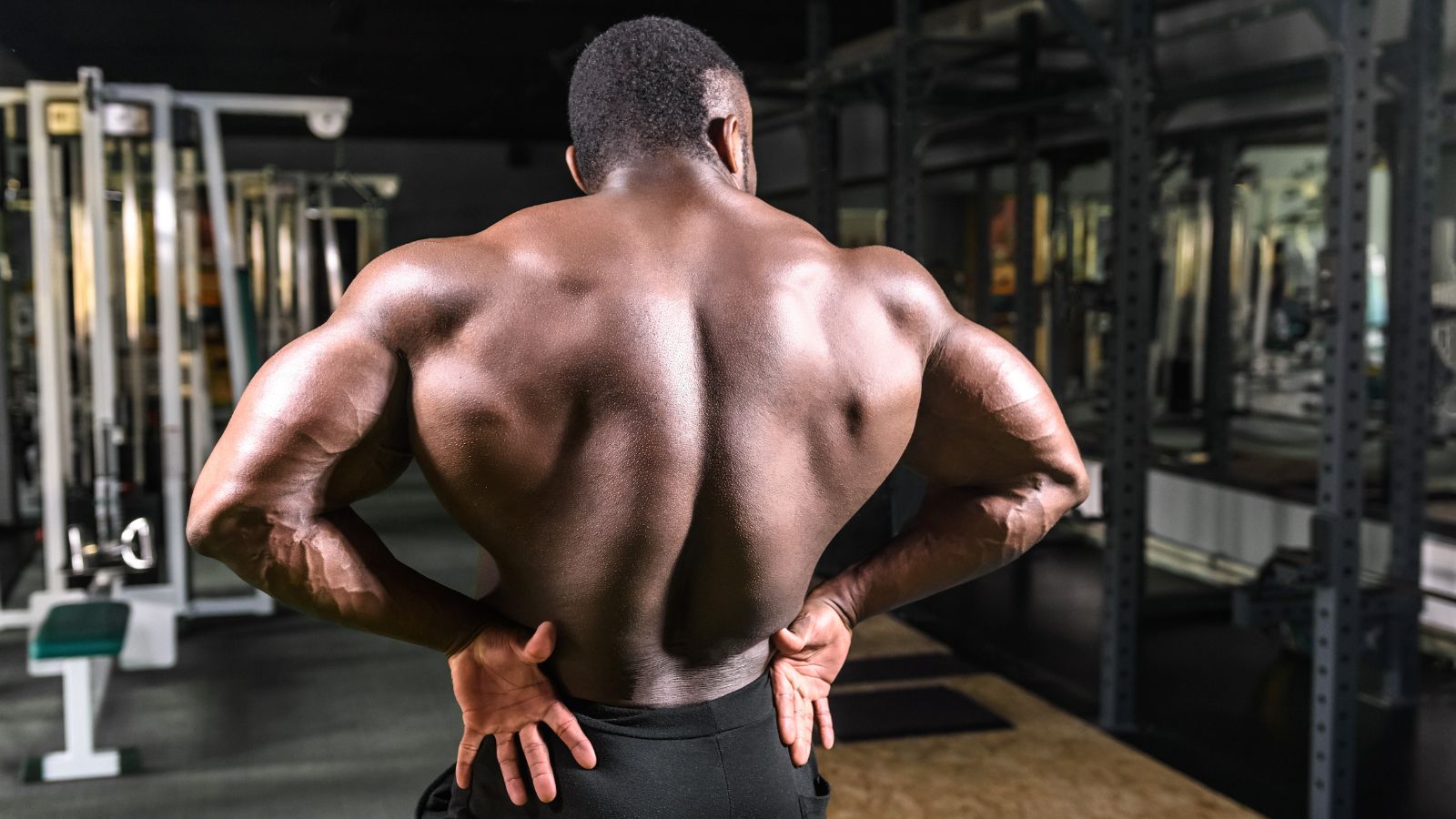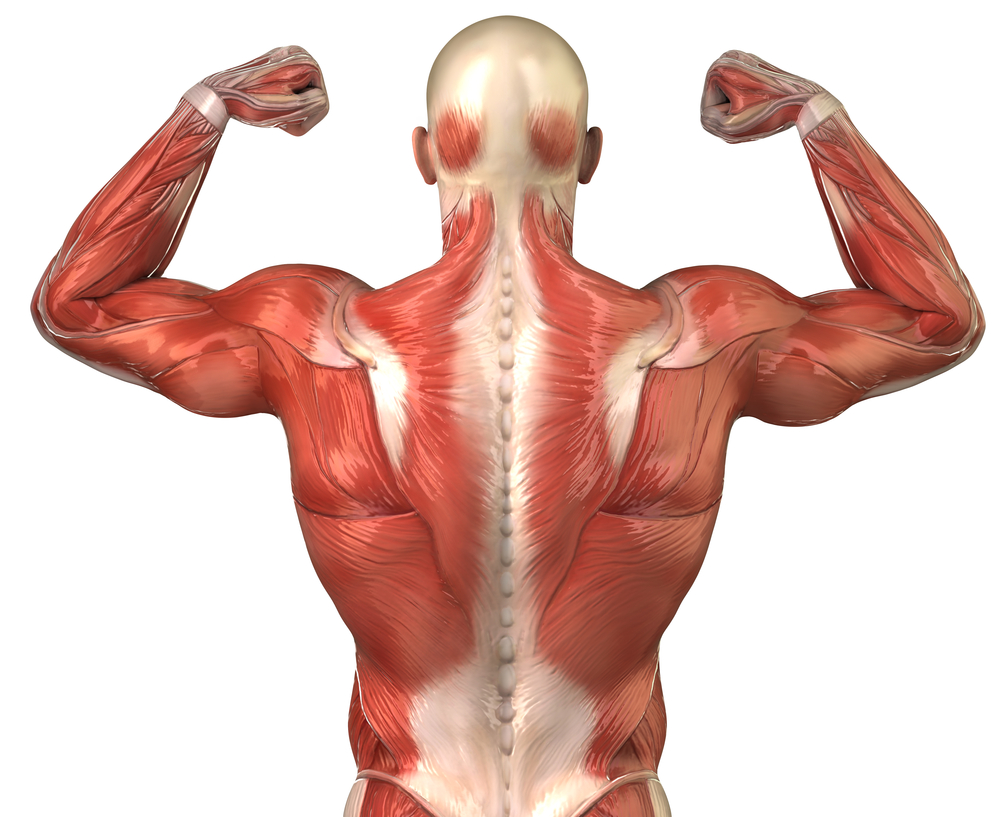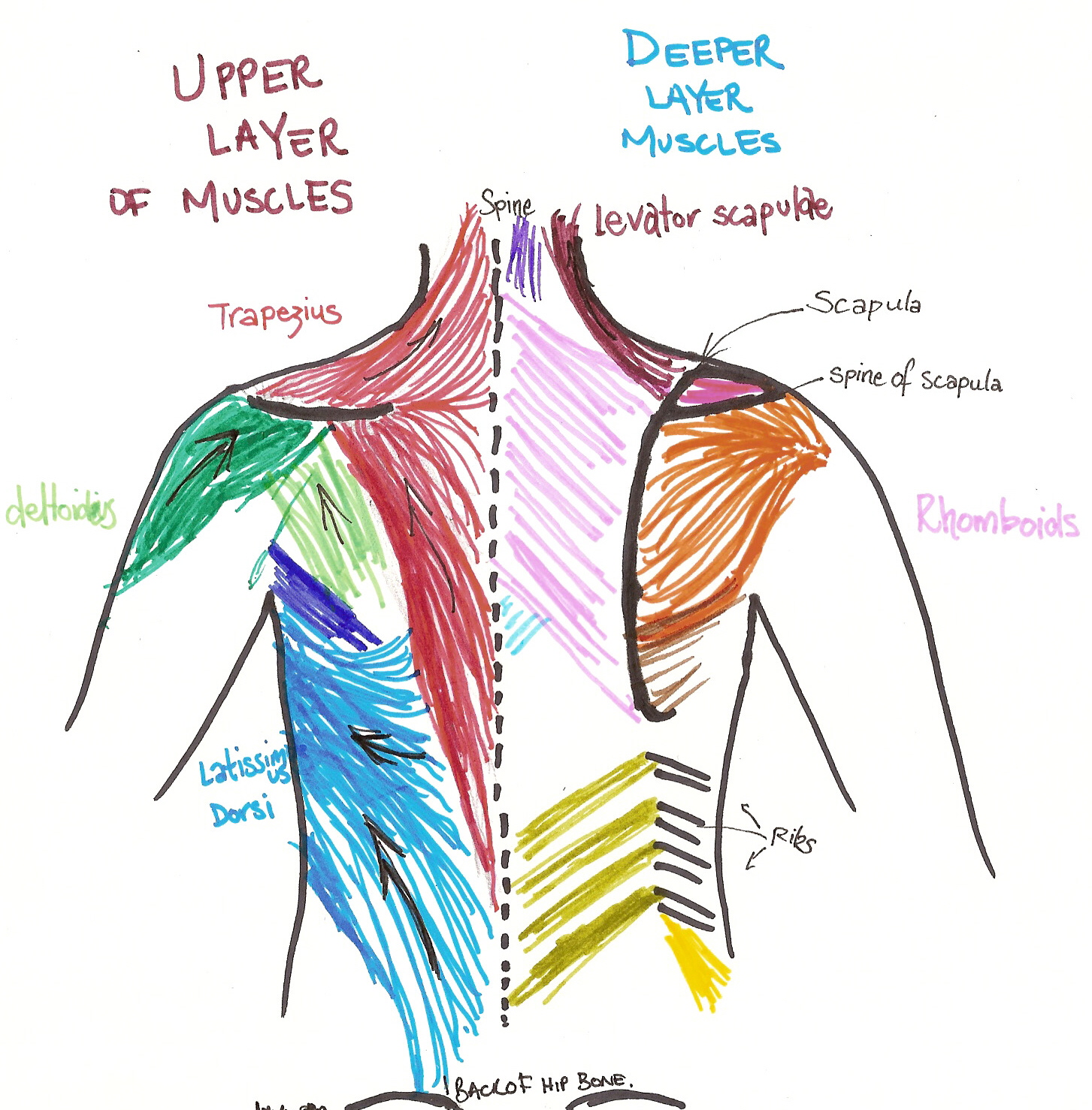Back Japanese tattoos, often called Irezumi or Horimono, are so much more than just pictures on skin; they are, in a way, stories told through incredible artistry, stretching across the body's largest canvas. These pieces, you know, really stand out, making a powerful statement. People are drawn to them for their deep history, the vivid colors, and the way they truly capture attention. It's a very personal choice, and one that carries a lot of meaning for many who choose this path.
There's something quite special about a full back piece, isn't there? It’s almost like, a complete world unfolding right there on someone's back. This kind of tattoo isn't just a quick decision; it's a significant commitment, a journey, really, with an artist to create something truly amazing. You see, the tradition behind these designs goes back hundreds of years, connecting wearers to a rich cultural heritage that’s still very much alive today. It's a powerful connection, to be honest.
When someone decides on a back Japanese tattoo, they're not just picking a design; they're choosing to carry a piece of art that speaks volumes about strength, beauty, and often, personal transformation. It's a big deal, and people really put a lot of thought into what their chosen imagery will represent. The sheer scale allows for such intricate details, letting the artist create a flowing, dynamic scene that truly wraps around the individual, telling a story that's uniquely theirs.
Table of Contents
- The Deep Roots of Japanese Back Tattoos
- Getting Ready for Your Back Canvas
- Popular Motifs and Their Meanings
- Aftercare and Living with Your Art
- Common Questions About Back Japanese Tattoos
The Deep Roots of Japanese Back Tattoos
Japanese tattoos, especially those that cover the back, have a really long and interesting past. They weren't always seen as art; sometimes they were marks of punishment, but over time, you know, they transformed into something quite revered. They became symbols of status, protection, and even rebellion, particularly during periods when tattoos were actually forbidden. It’s pretty fascinating how things change, isn’t it?
A Visual Story on Your Skin
Each element in a traditional Japanese back tattoo tells a part of a larger story. You’ll often see, like, mythological creatures, heroes from old tales, or natural scenes that really flow together. It's not just a collection of separate images; it's a whole composition, almost like a painting, that wraps around the person’s form. The way the background elements, like clouds, water, or wind bars, are used, is that it ties everything together, creating a sense of movement and depth. It’s really quite clever, actually.
These designs are typically so large that they need the entire back to truly unfold their narrative. Think about a powerful dragon coiling down the spine, or a brave samurai standing against a stormy sea. Each motif has its own deep meaning, too it's almost, for example, the dragon often stands for wisdom and strength, while the koi fish can represent perseverance. It’s a very visual language, so, in a way, the person wearing the tattoo becomes a living canvas for these ancient tales.
The Commitment to a Masterpiece
Getting a full back Japanese tattoo is a pretty big undertaking. It's not something that happens in one sitting, or even two. We're talking about many, many hours spent under the needle, spread out over months, sometimes even years. This process builds a unique connection between the person getting the tattoo and the artist, you know, a sort of shared journey. It really is a collaborative effort, bringing a grand vision to life, piece by piece. The dedication required from both sides is pretty substantial, to be honest.
The cost, time, and physical endurance needed mean that these tattoos are not for everyone. They are a true mark of commitment, both to the art form and to the personal meaning behind the chosen design. It’s a very significant investment, but for those who go through with it, the result is a truly breathtaking and deeply personal work of art that they carry with them every single day. It's like, a part of them, pretty much.
Getting Ready for Your Back Canvas
So, if you're thinking about getting a back Japanese tattoo, there's a bit of preparation involved, beyond just picking out your design. This isn't just about the art; it's also about making sure your body is ready for the process. It's a marathon, not a sprint, you know? Taking care of yourself beforehand can really make a difference in how comfortable you are during the sessions and how well your tattoo heals.
Physical Prep: Keeping Your Back Happy
Sitting still for hours can be surprisingly tough on your back. It’s a common complaint, you know, that feeling of stiffness or soreness after a long session. As a matter of fact, back pain is a common medical problem, and about 80% of adults experience pain in their back at some point. So, it's not unusual to feel some discomfort, but you can certainly prepare for it.
To help with this, you might want to think about some gentle exercises to strengthen your core and back muscles. Things like, just a little, simple stretches can make a big difference. For example, you could try something like, only lower as far as you can while maintaining your back flat against the wall, and then slowly return to starting position while maintaining your back flat against the wall. This kind of movement can help improve your endurance for those long tattoo sessions. It’s like, giving your back a little bit of a workout, pretty much, before the main event.
It's also a good idea to be aware of any existing back issues. Many factors may cause different types of back pain, and determining the cause can help you find relief and prevent future pain. If you have, say, sharp, shooting lower back pain spreading down the leg, that could be sciatica. Learn about treatments and when to see your healthcare provider for things like that. Your doctor will look at your medical and family history, and they use various tools to help diagnose the possible cause for your back pain, which helps determine the best treatment plan. Knowing this can help you communicate with your tattoo artist about comfortable positions, and you can also get tips to manage your pain.
Sometimes, doctors treat spinal stenosis with different options such as nonsurgical treatments, medications, and surgical treatments. There are also things like radiofrequency ablation, which uses precise heat to stop nerves from sending pain signals to the brain. While you won't be getting these for tattoo pain, understanding how your back works and what might cause discomfort can really help you prepare for the physical demands of getting a large tattoo. Get answers to common questions about back health. Being prepared, basically, means a smoother experience for you.
Finding the Right Artist
This is, arguably, the most important step. A back Japanese tattoo needs an artist who truly understands the style, its history, and the intricate rules of composition. You want someone who has, like, a proven track record of doing large-scale Japanese work. Look at their portfolio, obviously, very carefully. Pay attention to how they handle flow, color saturation, and detail. You’re looking for someone whose work just, you know, speaks to you.
Don't be afraid to ask questions. Talk about their experience, their process, and how they approach such a big project. A good artist will want to have a detailed consultation with you, discussing your ideas, the symbolism, and how it will all fit on your back. It’s a very personal connection you're building, so feeling comfortable and trusting your artist is pretty crucial. This person is going to be spending a lot of time with you, so, you know, choose wisely.
Popular Motifs and Their Meanings
The imagery in back Japanese tattoos is incredibly rich and symbolic. Each creature, flower, or mythical figure carries layers of meaning, often rooted in folklore, religion, or historical events. Choosing your motifs is a very personal part of the process, as they will, in a way, represent aspects of your own journey or beliefs. It’s like, picking out pieces of a puzzle that tell your story.
Dragons and Their Mighty Presence
Japanese dragons are, like, really iconic in tattoo art. They’re often depicted as powerful, wise, and benevolent creatures, quite different from the fire-breathing monsters of Western lore. They symbolize strength, wisdom, and protection, and are also associated with water and rain, bringing good fortune. A dragon coiling around the back can represent a person’s inner power or their ability to overcome obstacles. They are, basically, a very popular choice for a reason, you know?
Koi Fish: Swimming Against the Current
The koi fish is another incredibly popular motif, especially for those who appreciate a story of perseverance. Legend has it that koi swim upstream, even against strong currents, and if they make it to the top of a waterfall, they transform into dragons. This makes them a powerful symbol of determination, strength of character, and the ability to achieve great things through effort. A koi tattoo on the back can, like, remind the wearer of their own journey and triumphs. It’s a pretty inspiring image, actually.
Fierce Guardians and Floral Beauty
Other common figures include fierce guardian deities like Fudo Myoo or the powerful Hannya mask, which can represent protection or the complexity of human emotions. These often convey a sense of strength, or warding off negative influences. Then there are the beautiful floral elements, like cherry blossoms (sakura), which symbolize the fleeting nature of life and beauty, or chrysanthemums, representing longevity and perfection. Peonies, too, are very popular, often signifying wealth and good fortune. These elements are often combined with the larger figures, creating a balanced and visually striking composition. It's a very thoughtful combination, to be honest.
Aftercare and Living with Your Art
Once your back Japanese tattoo is complete, the journey isn't quite over. Proper aftercare is absolutely crucial for how well your tattoo heals and how it looks for years to come. It's like, you know, taking care of a really valuable piece of art; you want it to last. This stage is just as important as the tattooing itself, pretty much.
Healing Your Back, Caring for Your Art
Your artist will give you specific instructions for aftercare, and it’s very important to follow them precisely. This usually involves keeping the tattoo clean, moisturized, and protected from the sun. Think about it, your back has just gone through a lot, so treating it gently is key. Just like when you're managing back pain, you want to be mindful of what your body needs. Avoid harsh soaps or lotions, and don't pick at any scabs. The goal is a smooth, even heal, which helps the colors stay vibrant and the lines stay crisp. It's a bit of a commitment, but totally worth it.
The healing process for a large back tattoo can take several weeks, sometimes longer for the deeper layers of skin. During this time, you might experience some soreness, swelling, or itching. It's a normal part of the process, but if you have any concerns, always reach out to your artist or a healthcare provider. Remember, getting tips to manage your pain and knowing when to see your healthcare provider is important for any discomfort, tattoo-related or otherwise. Just be patient with your body, you know, it’s doing a lot of work.
Long-Term Well-Being for Your Tattoo and You
Even after your tattoo is fully healed, continued care will help it look its best for decades. Sun exposure is the biggest enemy of tattoos, causing them to fade and blur over time. So, always use a good sunscreen on your back, or keep it covered when you're out in the sun. Staying hydrated and maintaining good skin health in general will also benefit your tattoo. It's a really big investment, so, you know, protecting it just makes sense.
Think of your back Japanese tattoo as a living piece of art that evolves with you. It’s a constant reminder of the stories it tells and the journey you took to get it. Just like your body, your tattoo benefits from ongoing attention and care. It’s a beautiful addition to your life, and something you can be incredibly proud to display. Learn more about Japanese tattoo history on our site, and for more on the symbolism of various designs, link to this page Japanese Tattoo Meanings.
Common Questions About Back Japanese Tattoos
People often have a lot of questions when they're thinking about such a significant tattoo. Here are a few common ones, basically, to help clear things up.
How long does a full back Japanese tattoo take to complete?
Well, it really depends on the complexity of the design and the artist's speed, but typically, you're looking at anywhere from 80 to 200 hours of tattooing time. This is usually broken down into many sessions, often lasting several hours each, spread out over months or even a few years. It's a pretty long process, you know.
Does getting a back Japanese tattoo hurt a lot?
Pain is, like, very subjective, but yes, getting a large tattoo on your back can be quite uncomfortable, especially in certain areas like near the spine or ribs. People experience it differently, but it's generally described as a constant, stinging sensation. Remember, you can always talk to your artist about breaks, and some people even use numbing creams, though that's something to discuss with your artist first. It's a commitment, pain-wise, too, but many say the result is worth it.
What's the best way to choose a design that's right for me?
The best way is to do a lot of research on traditional Japanese motifs and their meanings. Think about what truly resonates with you and what you want your tattoo to represent. Then, have an open conversation with your chosen artist. They can help you refine your ideas and create a custom design that fits your body perfectly and tells your unique story. It's a very collaborative process, so, you know, don't rush it. For more ideas on design elements, you can check out resources like the Metropolitan Museum of Art's collection on Japanese art for inspiration.



Detail Author:
- Name : Ms. Lottie Schumm
- Username : elna.batz
- Email : thansen@kirlin.com
- Birthdate : 1979-10-16
- Address : 815 Hayden Knolls North Margarettashire, TN 05791
- Phone : +1-718-721-8566
- Company : Schneider-Klein
- Job : Anesthesiologist
- Bio : Quia iusto et est est ad. Ad saepe minus voluptas ut perferendis inventore. Quasi nam unde consequuntur ipsum recusandae. Dicta dolor quae alias sint nihil temporibus illum.
Socials
facebook:
- url : https://facebook.com/wcarroll
- username : wcarroll
- bio : Dolore repellat sunt enim recusandae incidunt quidem.
- followers : 757
- following : 1246
linkedin:
- url : https://linkedin.com/in/carrollw
- username : carrollw
- bio : Nihil vel sit inventore ab animi deleniti libero.
- followers : 4328
- following : 2468
instagram:
- url : https://instagram.com/carroll1988
- username : carroll1988
- bio : Fugiat quaerat et quia quaerat. Dolores nihil et reiciendis eos placeat voluptate.
- followers : 6746
- following : 1079
twitter:
- url : https://twitter.com/wilhelmine.carroll
- username : wilhelmine.carroll
- bio : Non magni ut debitis quia excepturi sint inventore ipsum. Et qui necessitatibus labore voluptatum. Ut nemo id quae voluptatem autem non dignissimos.
- followers : 3697
- following : 697

